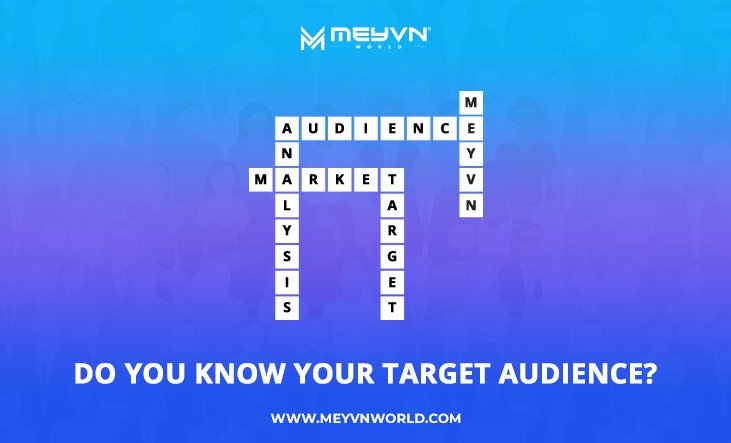Attracting clients, especially in the initial stages of a firm, is crucial to success. But, unfortunately, even entrepreneurs with a robust business plan have to take the back seat while analyzing their target audience to build their product or service.
Who is your target audience?
A specific customer group that is most responsive to your marketing activities is a target audience. For various products or services, a company can have multiple target markets. Every target demographic has special demands and generally, business owners develop a customized marketing plan.
Why is it necessary to define your target audience?
The first step is to identify and understand your target audience if you are a business owner who wants to create an effective marketing plan. But why should your target audience be known?
Firstly, you do not spend your time with an audience that does not need what you offer. Secondly, your cost is optimised and is not spent with wishful thinking or blind hope of getting it right. Overall, your marketing efforts are better and lead to more sales or conversions with the right audience.
An interior design firm, for example, may decide to advertise to homemakers between 35 and 65 years in Dubai. The firm might decide to focus on people interested in remodeling kitchens, baths, and classic designs to define the market better. This is how targeting the right audience brings much-needed benefits to your firm.
So,
How do you identify your target audience?
1. Take a look at your existing clients.
When you find out which consumers help you to produce the greatest profit, easy to handle, and actually use the product, you discover patterns. These patterns are the important criteria upon which your target audience is based.
2. Think about who needs your product.
Review vertical industries, important positions within the enterprise, amount of workers, culture, region, etc. Recall that they should have a demand and the money for buying your goods or service.
3. Who are the targets of your competitors?
Are you missing out on the profit from a market that your competitors are targeting? Does this naturally raise the following issue of who/what your true competitions are? What do they do today to fix your problem? What are they doing now?
4. Research!
Find out about your product, service or business and who is interested in them, what current surveys, research and blogs say. Better still, pick a few segments and discuss a few perspectives in each part. They’ll inform you whether you’ve got something intriguing for you. If you can’t get them on your phone, go to conferences and events.
5. Be focused.
Select your target audience so that you only have people who would profit from your product or service now. Note that you can have more than one target audience, but you need to be cautious in determining if you each have all the means to win.
6. Analyze your results.
Follow your sales funnel once you have identified your target market to follow the results or lack of it. If the outcomes are not planned, you may need to make modifications to your target audience.
Start building your target audience
To be effective in your marketing strategy, it is important to find the right audience. Unfortunately, not all people are interested in what they sell or what they have to say, so you need to choose which ones to concentrate on.
Moreover, target audience research enables you to create tailored content that meets your customer’s needs. This enables you to solve and resolve your problems and establish long-term partnerships with your clients. In addition, finding your target demographic allows you to develop a more cost-effective marketing plan and saves time and money. It also promotes a high return on investment and contributes to the sustainable development of your firm.
Examples from prominent businesses
1. Nike
Nike provides sportsmen and women’s clothing, equipment, shoes, and accessories. They especially target young athletes and runners who are motivated to keep pushing beyond conventional limits.
2. Dior
Dior is an elite brand with an inventive design and a high price tag. They easily found their own niche audience by distinguishing themselves with such a unique brand. They tailored their marketing efforts to fit their knowledge of what types of individuals would love their products.
3. Netflix
One lesson from Netflix is less related to its continuously shifting target market and more related to its method towards achieving its target market. They let word-of-mouth marketing propel their sales!
Final thoughts!
Finally, the closer you can match your marketing efforts and enhance ROI, the better you understand who your target audience is. In addition, you may choose the techniques you are to use to reach this group by determining your target audience. This will make them more likely to take action.
Do you want to find out more about identifying your brand’s right target audience? Meyvn World is a result-driven firm that promises to build you a digital empire without hassle and delays.
Join the Meyvn World brigade today and level up your marketing tactics.
Contact us now to start the discussion.

